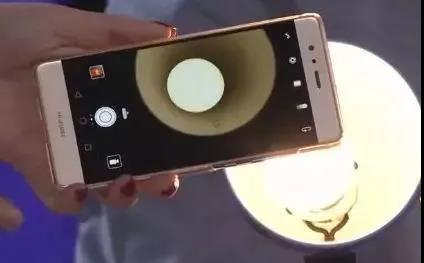Have you ever seen a stroboscopic image when a mobile phone camera takes an LED light source, but it is normal when viewed directly with the naked eye? You can do a very simple experiment. Turn on your mobile phone camera and aim it at an LED light source. If your car has a fluorescent lamp, you can easily observe this strange phenomenon through the smart camera camera.
 In fact, the flashing frequency of LED light source is undetectable to the human naked eye. Car evaluation lovers often encounter some crazy scenes: when taking pictures of cars, the car starts the fluorescent lamp, and the final shooting effect will make them very depressed. This stroboscopic effect can be simply explained as the conflict between the two lights.
In fact, the flashing frequency of LED light source is undetectable to the human naked eye. Car evaluation lovers often encounter some crazy scenes: when taking pictures of cars, the car starts the fluorescent lamp, and the final shooting effect will make them very depressed. This stroboscopic effect can be simply explained as the conflict between the two lights.
The LED light source flickers at high frequency, which is imperceptible to the naked eye. Therefore, we see that the light is on until we turn off the power completely. Similarly, video is actually a series of fast and continuous captured images, which are captured in frames per second. When we play games together, this continuous vision will deceive our brain to treat the events on the screen as a continuous fluid movement.
When the number of frames per second exceeds the LED light source frequency, the mobile phone camera shows an obvious flicker effect, which is the stroboscopic effect.
When the LED lamp is switched on and off quickly, it will flash. Whether it flashes mainly depends on the nature of the current supplied to it. Generally, the flashing frequency of LED lights is very high, which can not be directly detected by the human naked eye, or invisible to the naked eye. Therefore, people can rest assured that any visible camera flashing is actually the normal operation of lights, and the only thing that should attract attention is human blinking. However, it is a very broad statement to say that the LED lamp is always flashing during operation.
Post time: Aug-19-2021